Types of Tofu
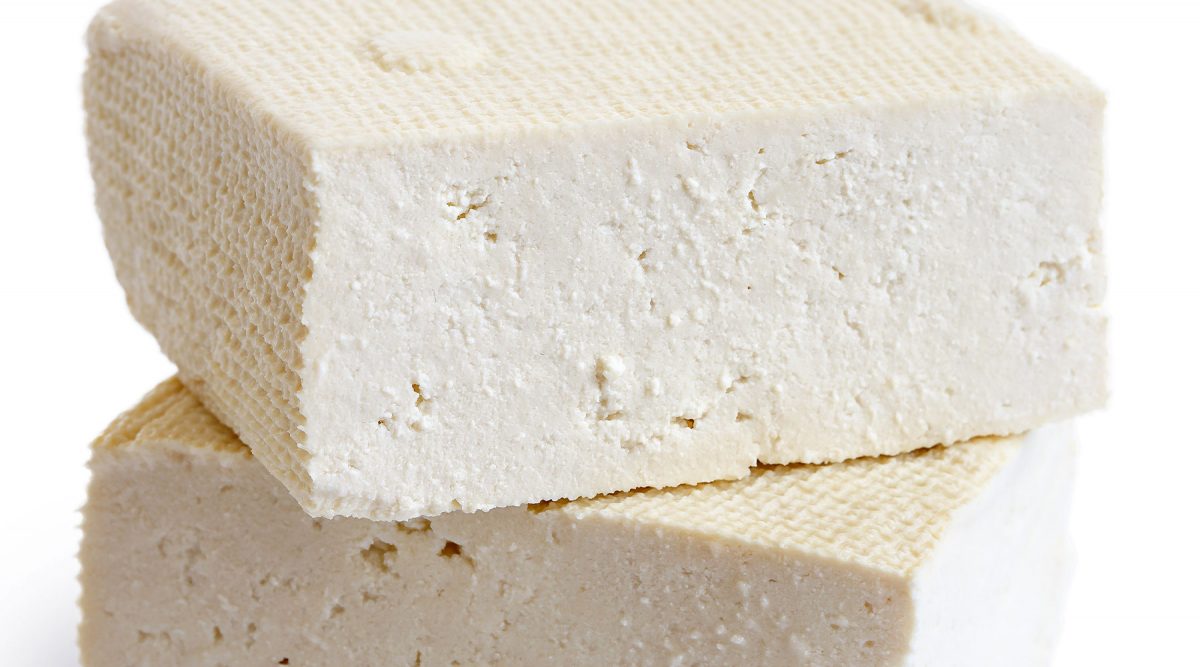

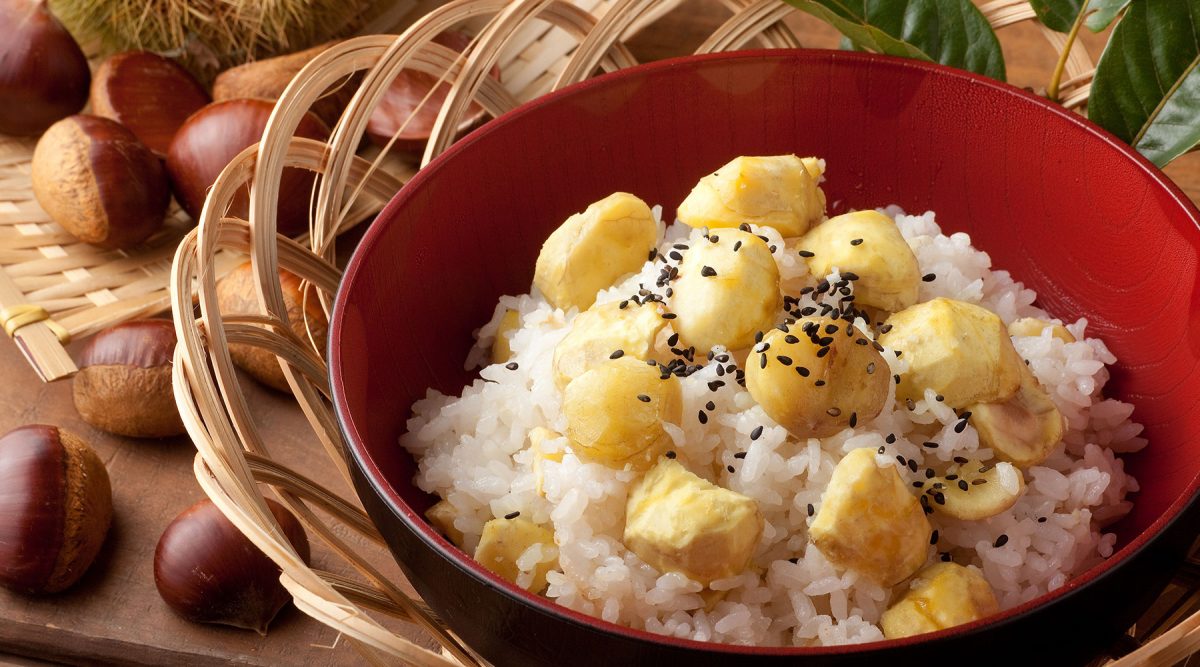
Chestnut Rice utilizes fresh chestnuts in this comforting dish perfect for autumn days.
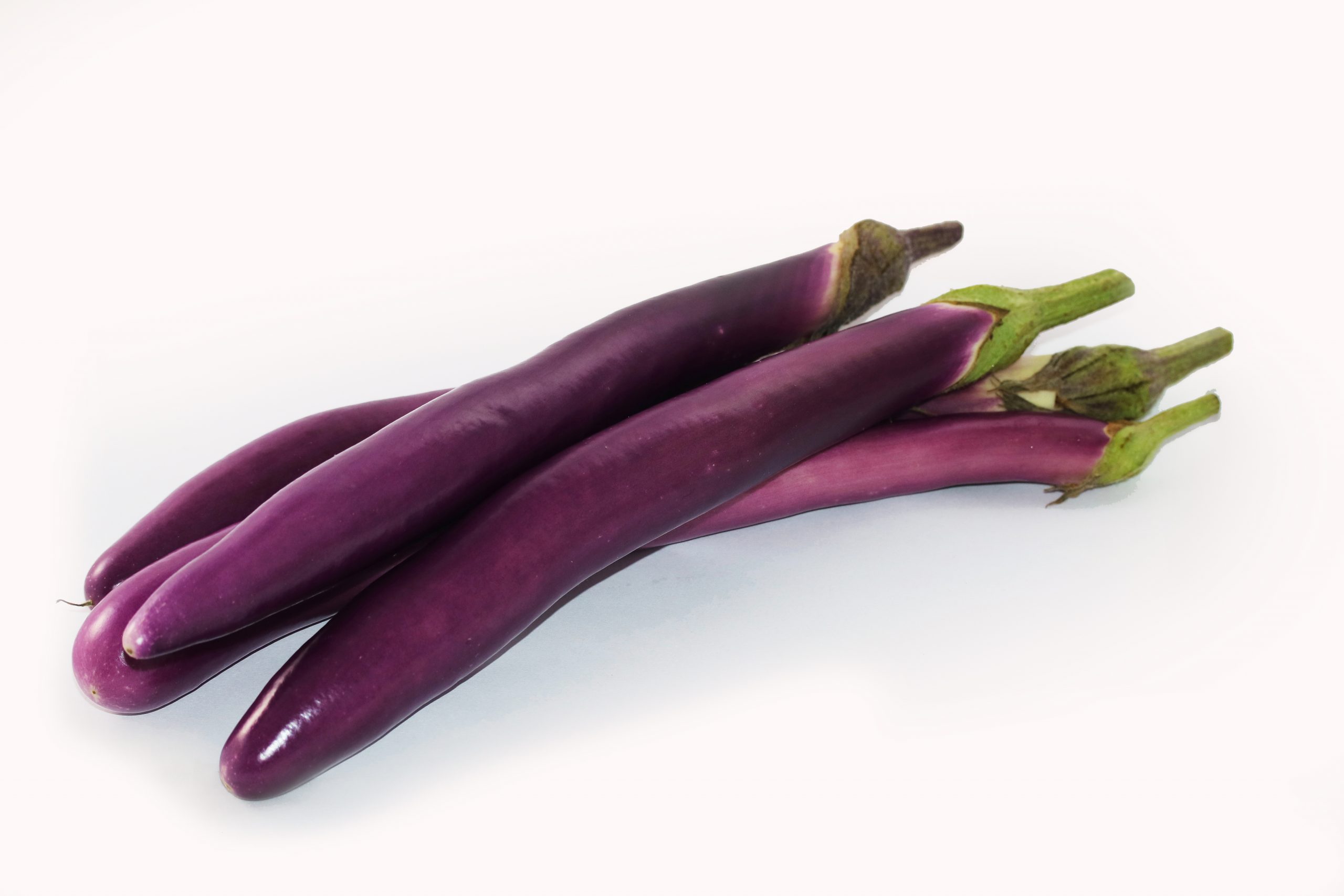
Japanese eggplant, also known as nasu in Japanese, is a smaller and more slender version of the more familiar western style of eggplant. Its colour is also a paler purple, with some streaks of white near the top.
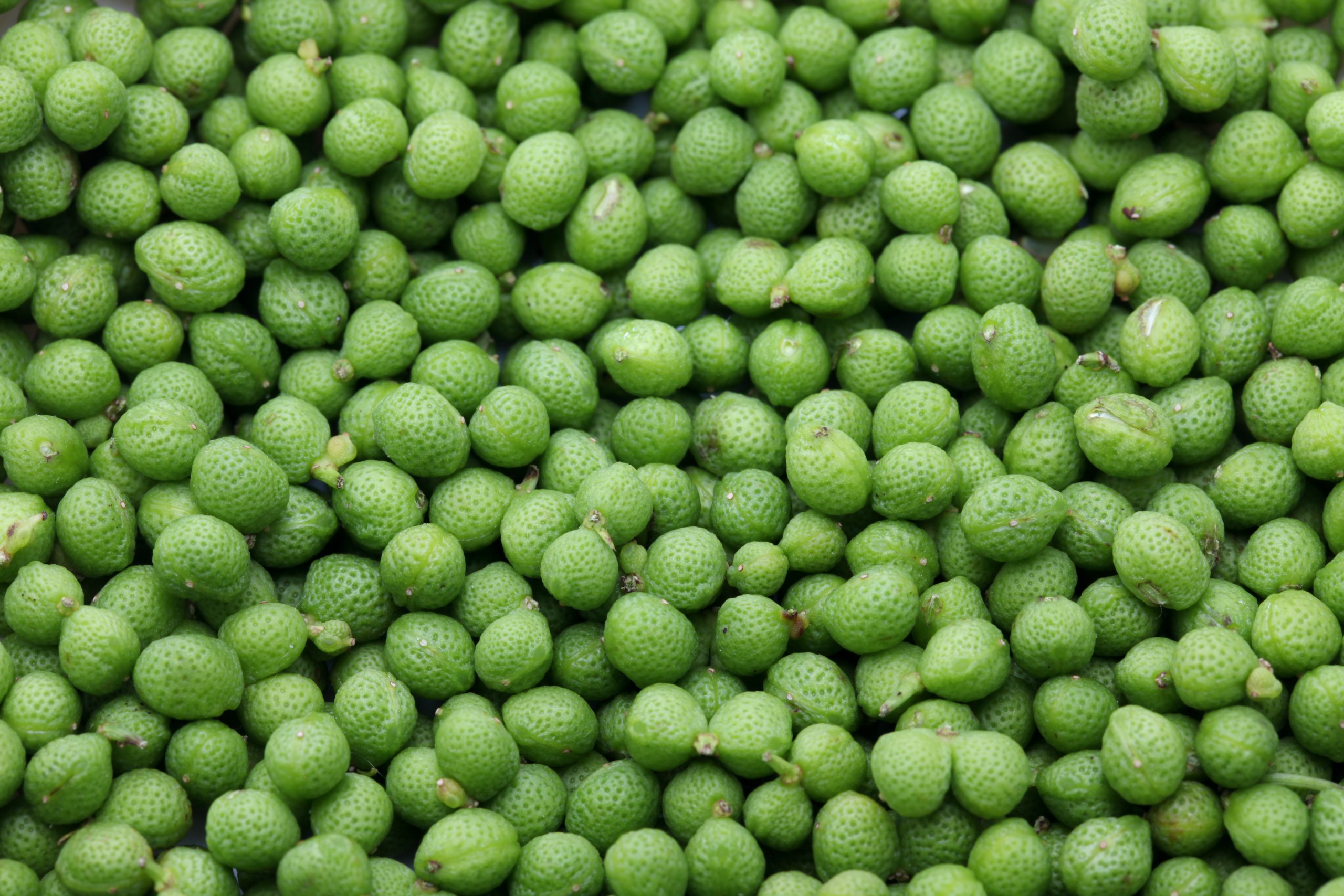
Sansho is a spice that is often sprinkled lightly on some Japanese soups, stews, and fish dishes. It is also an essential ingredient in shichimi togarashi.
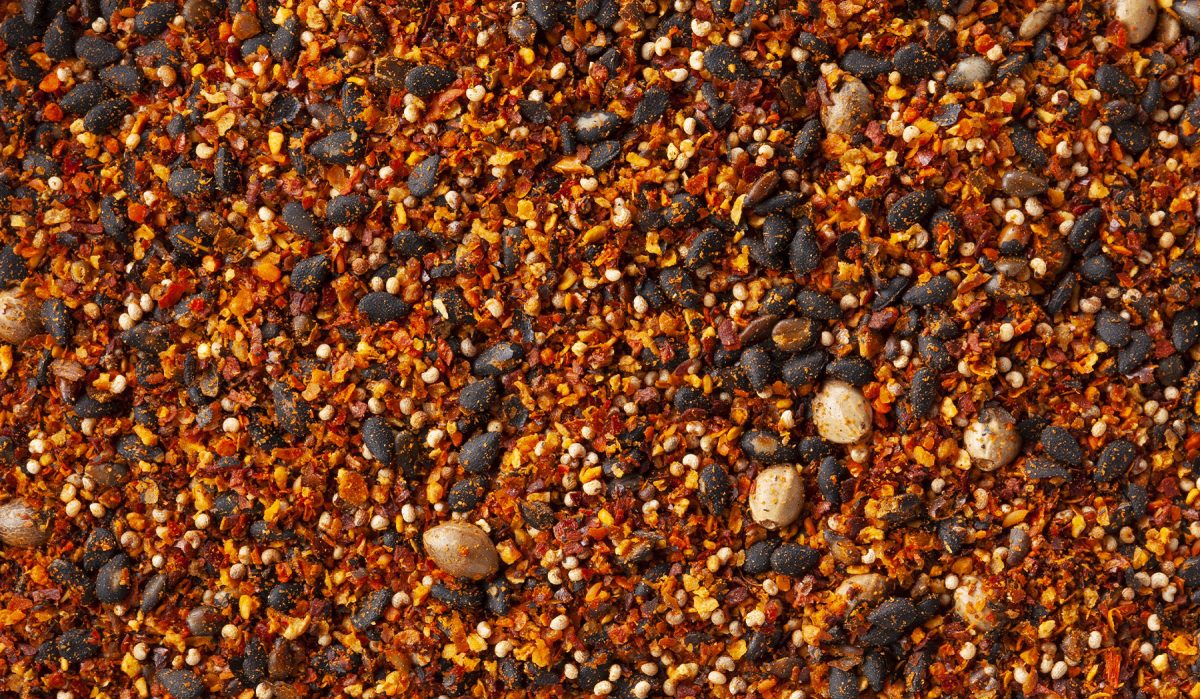
Shichimi Togarashi is a condiment composed of seven spices. These seven spices are ground chili, hemp seed, poppy seed, rape seed, Sichuan peppercorns, sesame seeds, and ground dried orange peel. The combination of these flavours makes for a delightful spice not too fiery, but very flavourful.
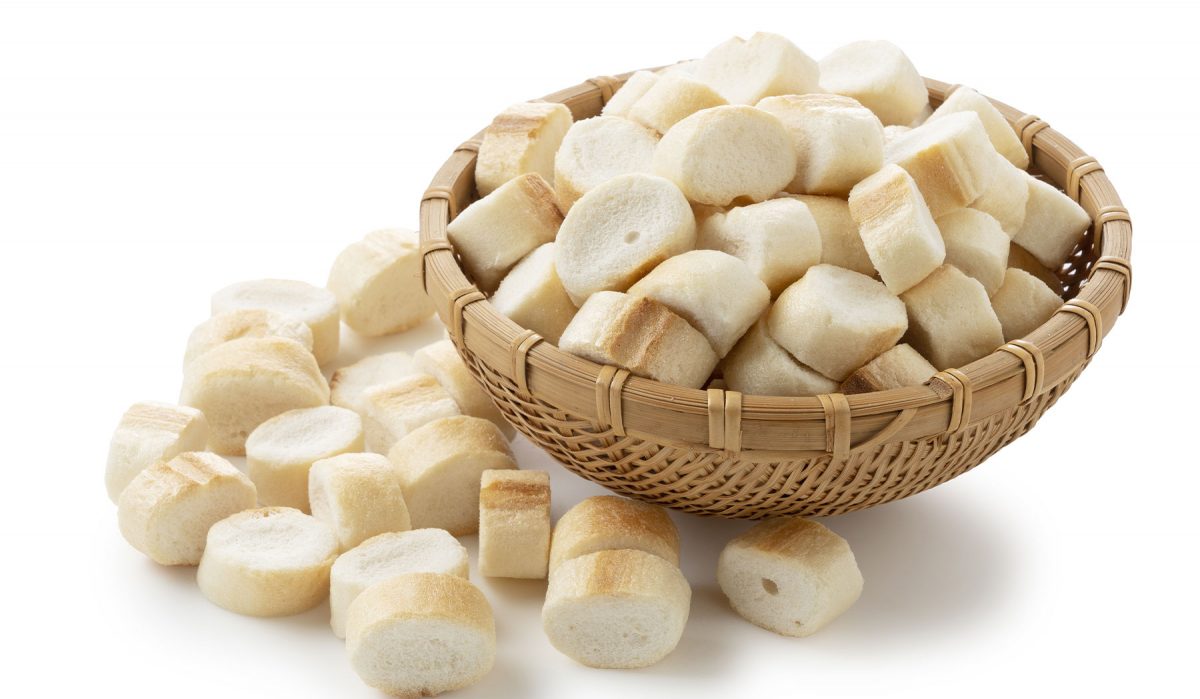
Fu is a great alternative to meat. It is extremely high in protein, and when shaped and cooked properly, it tastes exactly like meat as well.
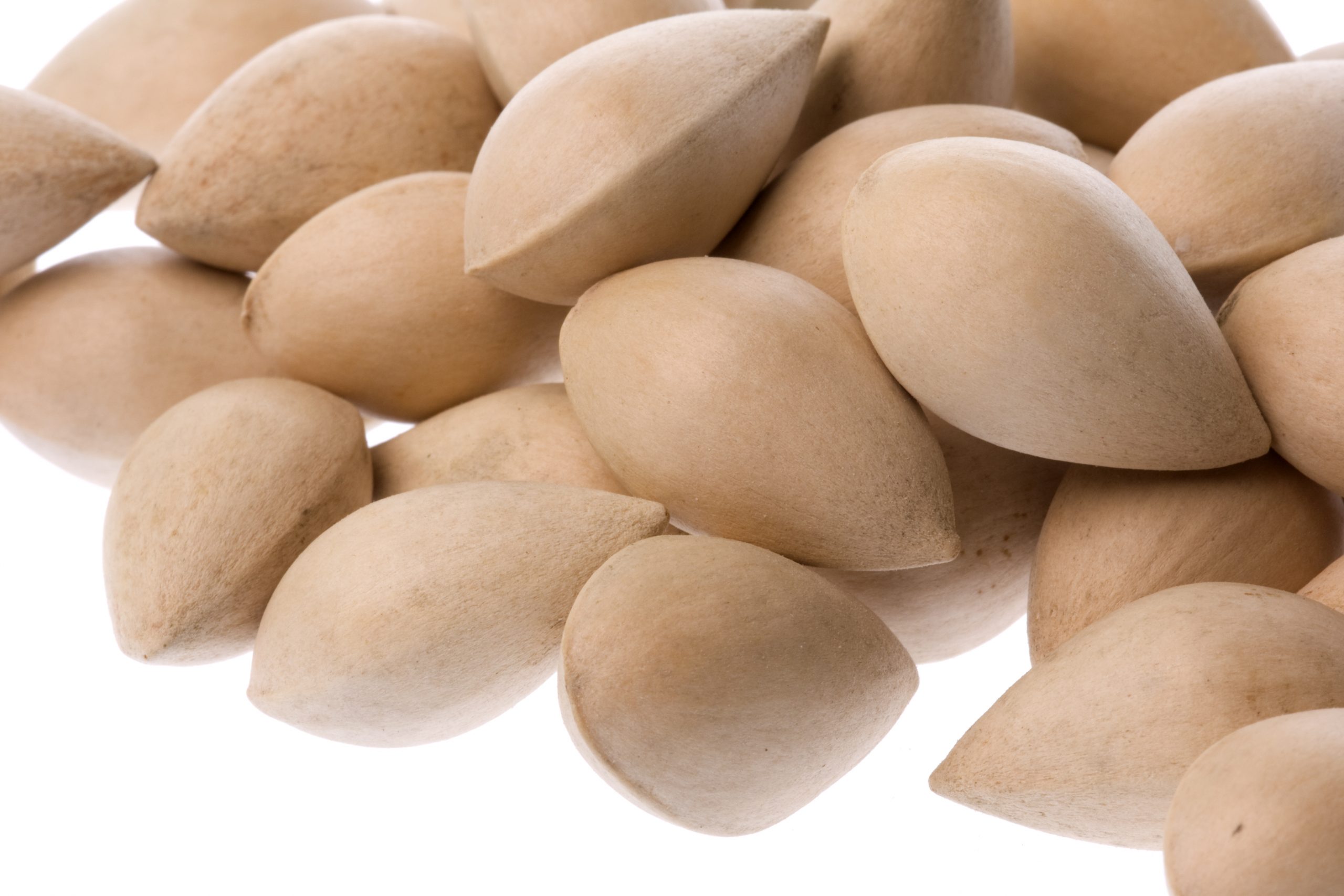
Ginko nuts are a common ingredient in Japanese cooking. They have pale yellow flesh that is firm and smooth, in a white outer shell.
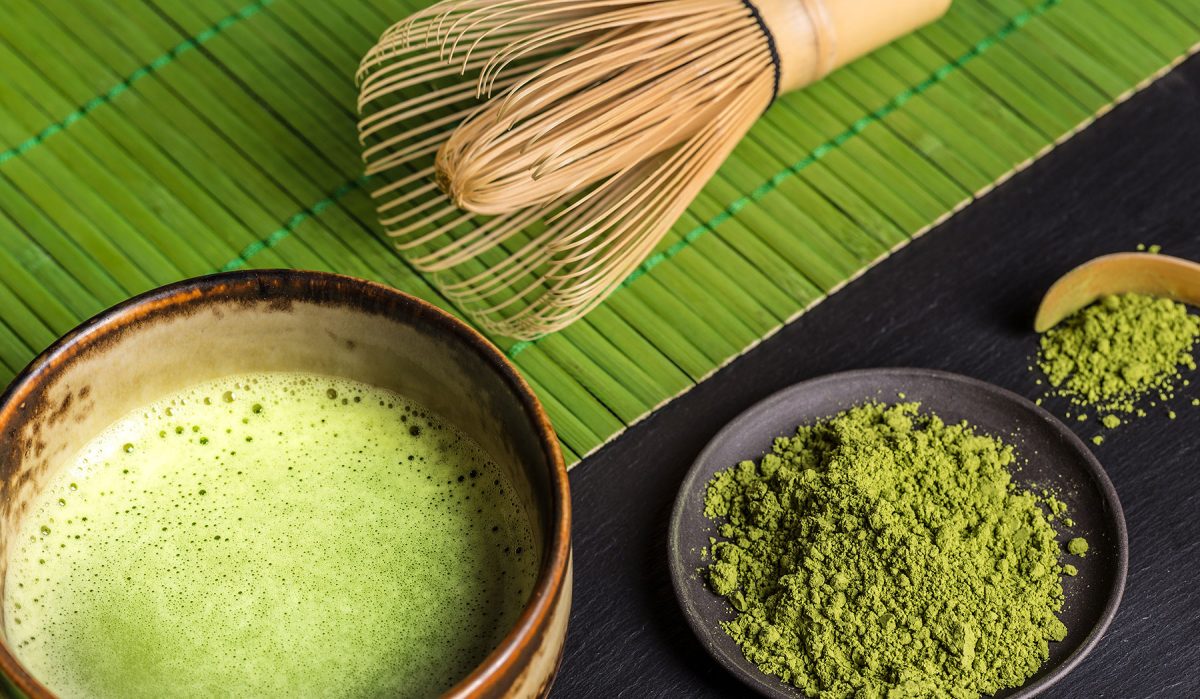
In 1191, it is popularly believed that the Buddhist monk, Eisai, returned to Japan from studying in China. With him, he brought tea tree seeds and tea culture, already an essential part of Buddhism in China.
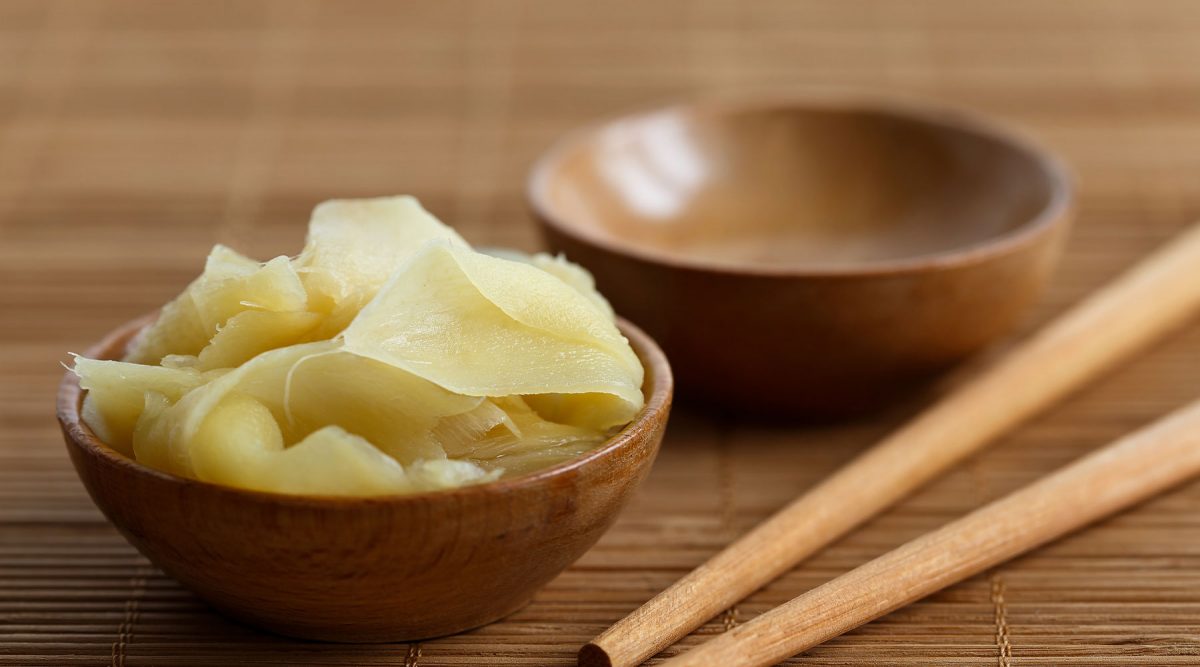
Pickled ginger is commonly served with sushi, sashimi, and sometimes even as a side dish to other heavier more substantial entrees. It is a refreshing pickle that cleanses the palate and helps in digestion.